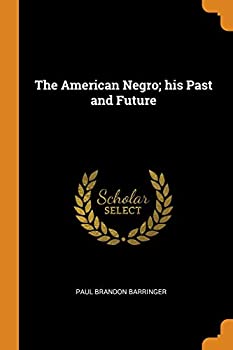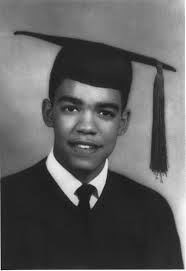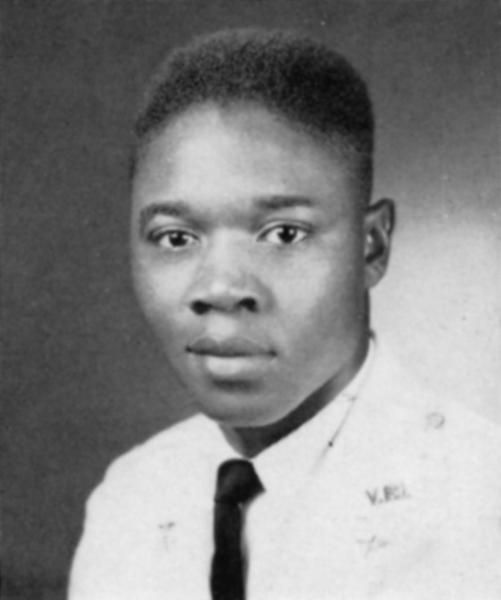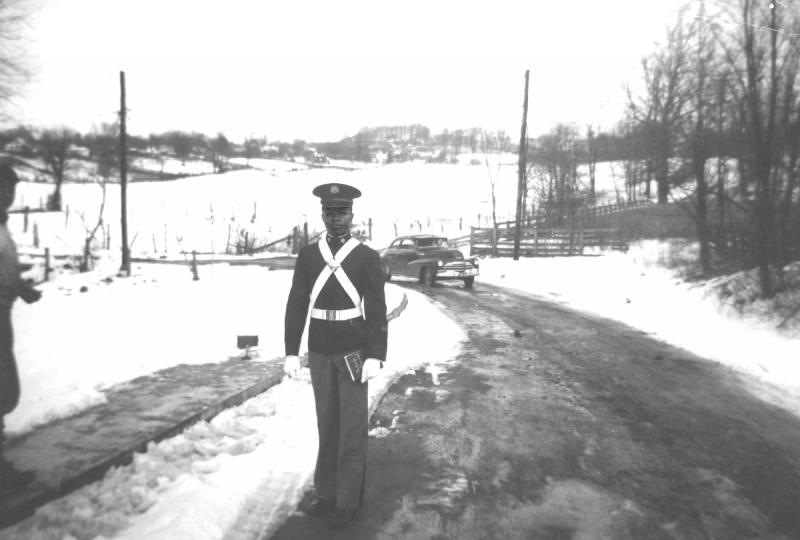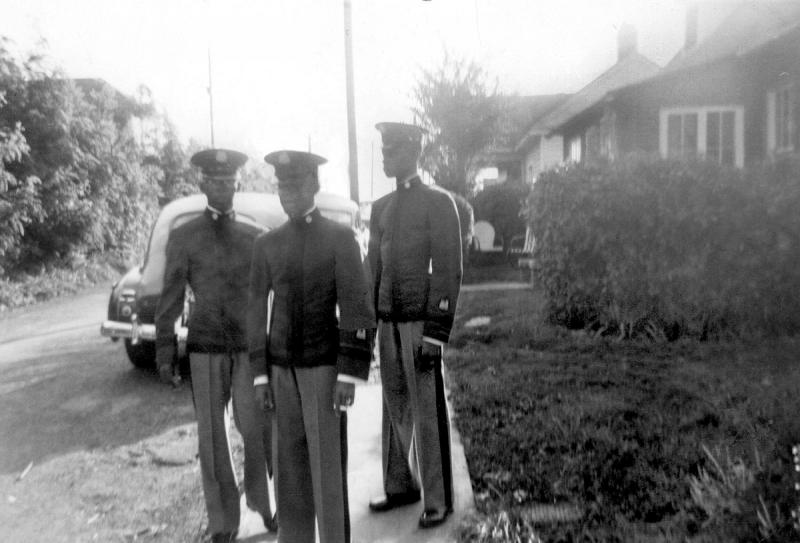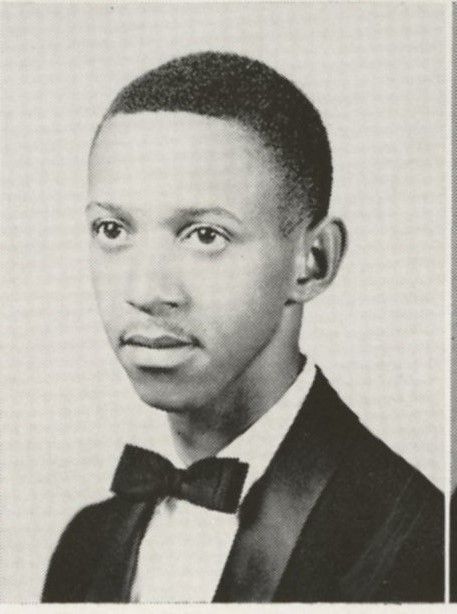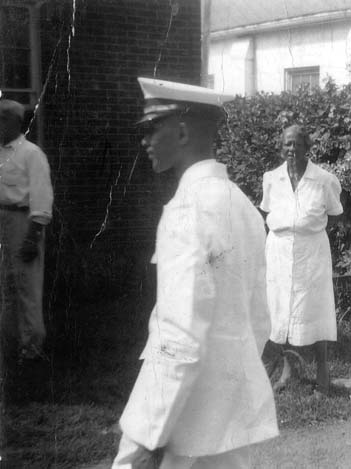So, Virginia Tech has officially announced they will change the names of Lee and Barringer Hall. [THREAD]
If you don’t know why Claudius lee is bad, here’s a link: https://twitter.com/Pacheco_JA_/status/1117467094810013696?s=20">https://twitter.com/Pacheco_J...
Let’s start with formerly "Lee Hall". The effort to change the name of Lee Hall has been a nearly 23-year-old fight. University activism does not stop, battles on VTs campus often do not die- they simply take new forms.
A few names for the dorm were pitched, but one truly stood out and was eventually unanimously supported by the council on History. The name was “Hoge Hall”.
This is not the last name of a professor, in fact, this was the last name of two people seemingly erased from Blacksburg history. William and Janie Hoge.
Now, black history erasure in Blacksburg is nothing new. A black community was dissolved in part to expand the University & build the on-campus powerplant… the list goes on. However, I digress.
The year was 1953: Irving Peddrew of Hampton became the first black student at Virginia Tech. It is said that relatives of his were actually computers at NASA (like Hidden Figures). e wanted to study engineering at Virginia Tech and nothing, not even the administration that
informed him of the potential dangers, could stop him.
What do I mean by that? Well, even the University administration offered to pay for him to attend school out of state.
What do I mean by that? Well, even the University administration offered to pay for him to attend school out of state.
Now, timeout, you may be thinking, how was Irving able to do this in the segregated south well before the civil rights movement/11 years before the Civil Rights act? Great question, let’s unpack.
Since 1948, qualified black students fought for the right to higher-level education not offered at historically black institutions. In 1950, Gregory Swanson fought through federal district court and won to attend the University of Virginia school of law.
Now, enough of the UVA stuff. At the time, no HBCU in Virginia offered engineering classes. Virginia State, VTs “sister-school” (also public land grant) did not offer engineering classes. So, how could a state uphold “Separate but equal”?
Well, they couldn’t. Virginia Tech admitted Irving Peddrew and a handful of other male black students throughout the 1950s. Black male students could be admitted, but ONLY for engineering programs.
Yes, this made Virginia Tech the first predominantly white school in the old confederacy to admit a black student. Yes, a year before Brown vs. Board of Education. Some even considered Virginia Tech progressive at the time.
So, all of the black male trailblazers at Virginia Tech were engineers. Fascinating right? Let’s say their names:
Irving Peddrew III (Hampton)
Irving Peddrew III (Hampton)
Not everyone finished at Tech. Due to racism and coinciding obstacles that catalyzed massive adversity on VTs campus: Irving Peddrew finished school in California, Wilson withdrew and joined the US Air Force, and Cherry withdrew after three years.
What were some of these obstacles? To name a few: Blatantly racist professors, not being allowed to eat on campus, and not being able to live on campus. That last part is important.
What did this mean for a black student on Virginia Tech’s campus? Being up extra early for corps workouts, no dorm to change in after, no ability to dine on campus, and a long walk home in the harsh winter weather (amongst an abundance of other struggles)
Also, no ring dance, no being able to sit at the soda counter at the nearby pharmacy (where Moe’s currently is), no sitting at the movie theatre ,unless on the balcony (now The Lyric).
So, where could black students stay? At the residence of Janie and William Hoge. The Hoge’s boarded all of Virginia Tech‘s first black male students for $60/month.
Neither Janie nor William Hoge had very much schooling. William was both a farmer and laborer by trade. However, both were so influential in helping pave the way for the integration of Virginia Polytechnic institute and State University
The Hoge residence, 306 Clay Street, no longer stands. However, that area of Blacksburg has a rich history for native African American’s, as does Nellie& #39;s Cave. First Baptist, a predominantly black church, still stands on Clay street near where the Hoge residence would have stood
Here is a picture of Wiliam and Janie Hoge with Essex Finney (June 1959). Finney graduated Tech in 1959 with honors and was commissioned as a 2nd Lieutenant in the army. Here he is in uniform.
William and Janie, thank you for your commitment to black Hokies. You did what Virginia Tech refused to do. Black engineers at Virginia Tech, you come from a long line of strong folks who helped pave the way. Keep going, you are exactly where you need to be.
To wrap this up: (formerly) Lee Hall will now have a name we can all be proud of. As William and Janie once did, this dormitory will now house engineers (and others), shielding them from weather, tremendous adversity, and (hopefully) cultivate growth.
Hokies, it has been an honor teaching y’all some local history every once in a while. I’ve now moved on from Blacksburg and Tech. But, one of my proudest moments at Tech (and of life) was being able to vote for the removal, and, coinciding, new names.
Support Special Collections and University Archives. Take a history class, read a census, and learn the history that racist institutions are not proud of until it becomes popular.
Bye!
Bye!
Also, if you want to read about the black community destroyed for University Expansion:
https://digitalsc.lib.vt.edu/exhibits/show/new-town-digital-exhibition/newtownorigins">https://digitalsc.lib.vt.edu/exhibits/...
https://digitalsc.lib.vt.edu/exhibits/show/new-town-digital-exhibition/newtownorigins">https://digitalsc.lib.vt.edu/exhibits/...

 Read on Twitter
Read on Twitter